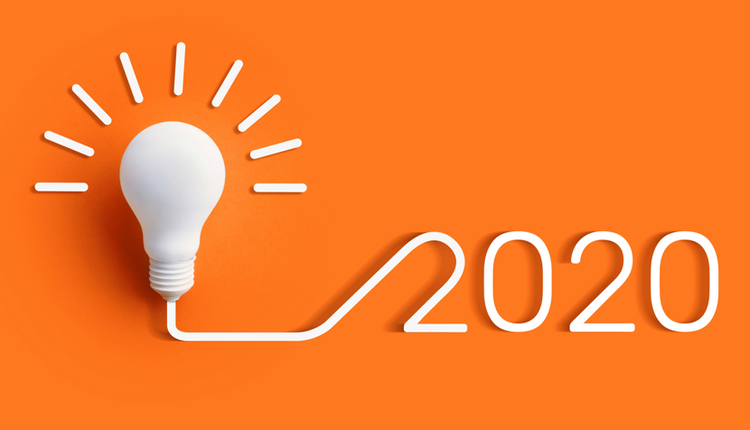
Image by: Dmitrii Guzhanin, ©2019 Getty Images
In many ways, this fundamental shift has brought with it a new set of challenges, as customers engage with businesses across numerous channels, sometimes, simultaneously. The intersection of business processes, information siloes, and technology infrastructures have become quite chaotic in our quest to deliver seamless experiences. Definitive market segments have blurred, leaving enterprise users unsure of who actually owns the customer interaction or process.
An example of this convergence is the increasing overlap of customer communications management (CCM) within the larger framework of customer experience management (CXM). “Today, customer communications are about the outcomes that consumers are trying to achieve,” says Scott Draeger, Vice President of Customer Transformation at Quadient. In this way, both CCM and CXM are primarily concerned with leveraging customer interactions for improved experiences but have distinct priorities that are unique unto themselves. This doesn’t even account for the pervasive adoption of cloud computing, the Internet of things (IoT), analytics, and artificial intelligence (AI) technologies seen at most organizations today.
"One-third of respondents report that the ease of integration is their top priority when buying digital experience technology—ahead of cost and best-of-breed status."
“There’s a renewed interest in integration technologies because integration requirements between systems of engagement and systems of record require real time for seamless boundaries, omni-channel, and higher volumes, with end-to-end security,” says Forrester Principal Analyst Henry Peyret.
According to Forrester’s “Global Digital Experience Delivery Survey,” one-third of respondents report that the ease of integration is their top priority when buying digital experience technology—ahead of cost and best-of-breed status.
Gartner Research Vice President Fabrizio Biscotti notes that "the more companies move toward digital business models, the greater the need for modern application infrastructure to connect data, software, users, and hardware in ways that deliver new digital services or products." Perhaps this is why integration platform as a service (iPaaS) is one of the fastest-growing software segments in 2018, topping $1 billion in revenue for the first time in 2017.
As CCM marches toward digitally transforming their communication practices, the need for integration within the digital experience management suite will only become more and more necessary. In our upcoming Winter 2019 issue, CCM expert Kaspar Roos drives home this point by saying that vendors in the space are going even further by “turning their product integration capabilities into dedicated integration platforms.” With the spend on digital transformation technologies predicted to rise to $1.97 trillion in 2022, according to IDC, it’s clear that we must marry our traditional approaches with completely new ways of thinking.
It’s difficult to encapsulate all the ways in which disruption touches the various parts of the enterprise, but as we enter 2019, I hope you find a deeper understanding of the market trends and solutions through all our educational channels to help you rethink your customer communications and digital experience strategies in the new year!
As CCM marches toward digitally transforming their communication practices, the need for integration within the digital experience management suite will only become more and more necessary. In our upcoming Winter 2019 issue, CCM expert Kaspar Roos drives home this point by saying that vendors in the space are going even further by “turning their product integration capabilities into dedicated integration platforms.” With the spend on digital transformation technologies predicted to rise to $1.97 trillion in 2022, according to IDC, it’s clear that we must marry our traditional approaches with completely new ways of thinking.
It’s difficult to encapsulate all the ways in which disruption touches the various parts of the enterprise, but as we enter 2019, I hope you find a deeper understanding of the market trends and solutions through all our educational channels to help you rethink your customer communications and digital experience strategies in the new year!
Look out for our special CCM-focused issue on January 10!
Allison Lloyd serves as the Editor of DOCUMENT Strategy Media. She delivers thought leadership on strategic and plan-based solutions for managing the entire document, communication, and information process. Follow her on Twitter @AllisonYLloyd.













